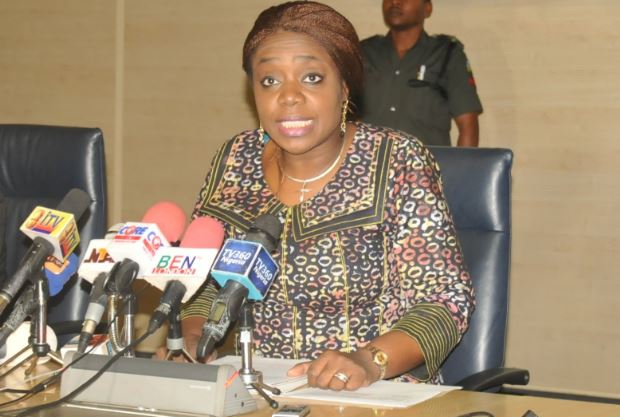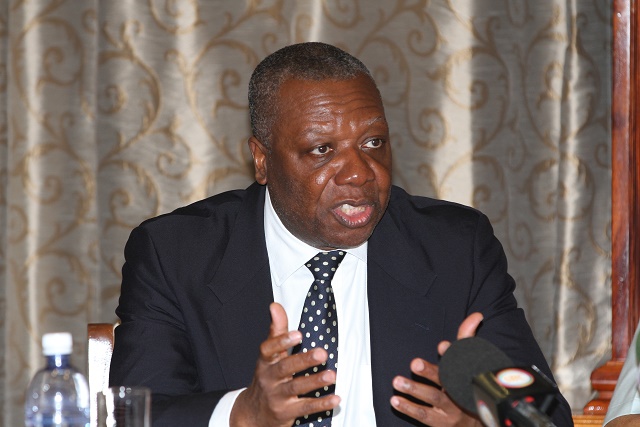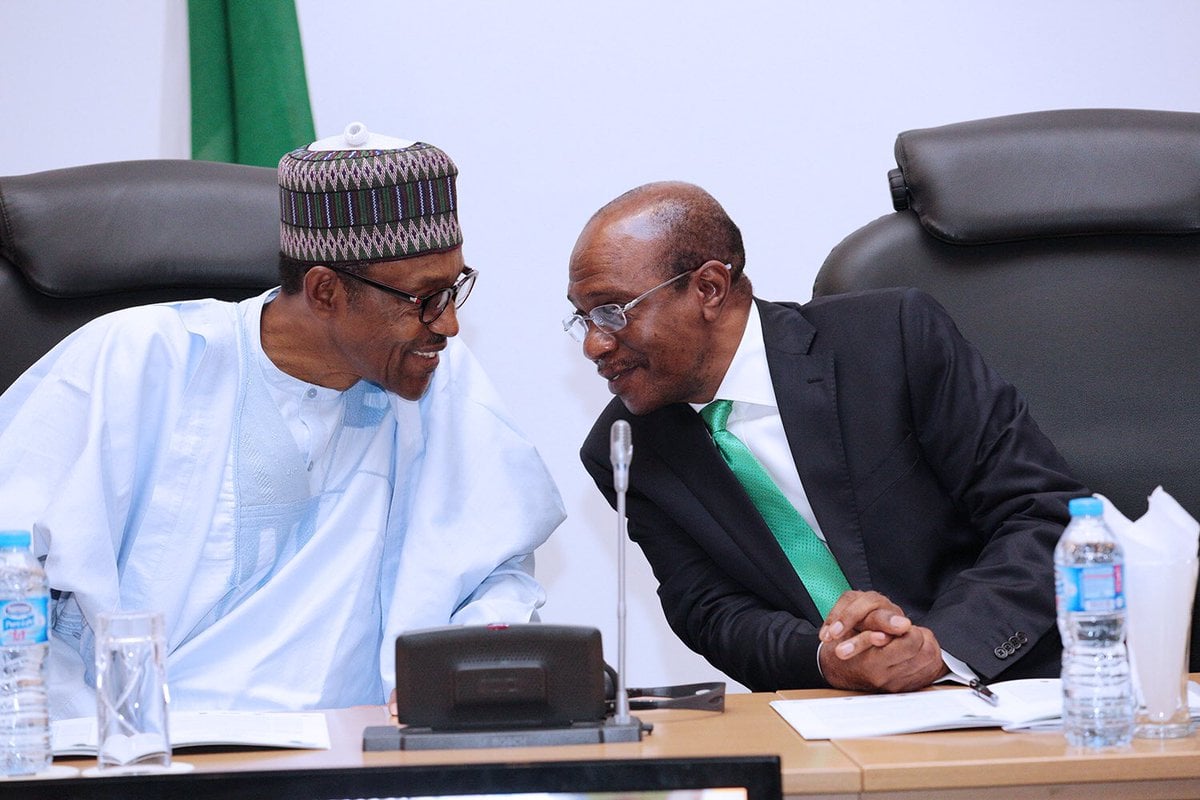The Nigeria Extractive Industries Transparency Initiatives (NEITI) says the three tiers of government shared 2.788 trillion in the first half of 2017.
This information is contained in a statement by Ogbonnaya Orji, director, communications and advocacy, NEITI.
NEITI based its review on a data obtained at the meetings of the federation accounts and allocation committee (FAAC) and data from National Bureau of Statistics (NBS), office of the accountant general of the federation, federal ministry of finance and the debt management office.
According to the report, despite the economic recession and fall in the price of crude oil, the sum is 38% greater than N2.019 trillion disbursed in the corresponding period of 2016, and 3.51% below the N2.890 trillion disbursed in the fi rst half of 2015.
Advertisement
Out of $2.788 trillion disbursed in the first half of the year, the federal government received N1.09 trillion, 36 state governments received N923 billion while N549.8 billion went to the 774 local governments in the country.
A further breakdown showed that total releases to the three tiers of government was N430.16 billion in January, N514 billion in February, N496.40 billion in March, N418.82 billion in April, N418.82 billion in May and N462.36 billion in June.
The review also showed that in the first quarter of 2017, the total amount paid by all three tiers of government for debt servicing was N513 billion.
Advertisement
In comparison with total FAAC disbursements of N1.274 trillion, debt servicing took up 40.27% of total FAAC disbursements, which is a substantial proportion of revenue inflows
NEITI expressed concern that the nation’s debt in relation to revenues may be reaching a critical level.
“However, despite the 38% increase in disbursements in the first half of 2017 when compared with 2016, all the three tiers of government suffered significant revenue decline in terms of projected FAAC disbursement, the statement read.
“Coupled with the low price of oil is the country’s difficulty in meeting the targeted/budgeted production rate of 2.2 million barrels per day.Production has consistently fallen below two million barrels per day since March 2016.
Advertisement
“Thus the double “whammy” of low oil prices and lower production that hit the country since 2014 has remained.”
The report further revealed that “the volatility nature of disbursements to all tiers of government in the first half of 2017 would suggest difficulty in implementing budgets at Federal, State and Local government levels.
“The volatility in revenue inflows will adversely affect planning and expenditure of government and thus likely hamper efforts at stimulating growth and development”.
Advertisement
Add a comment







